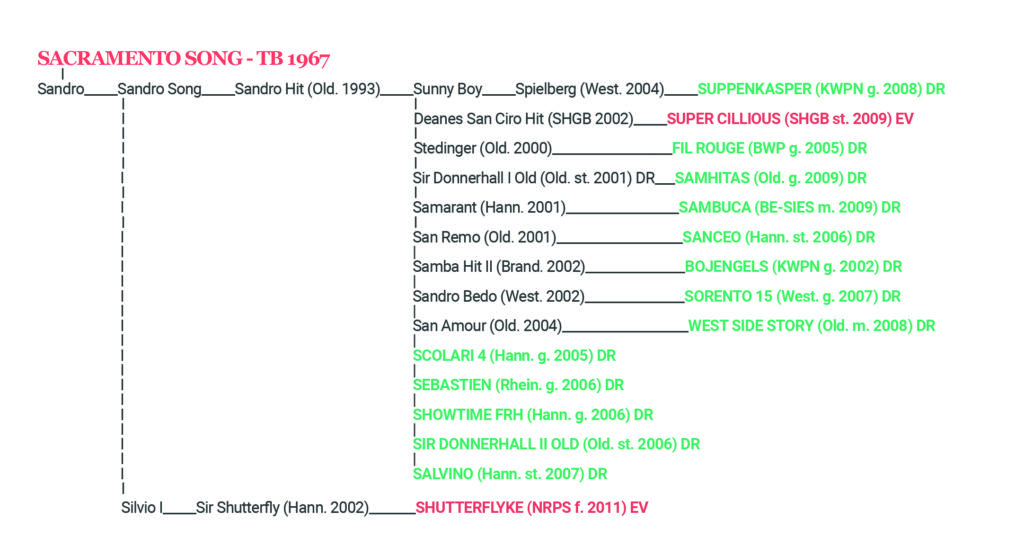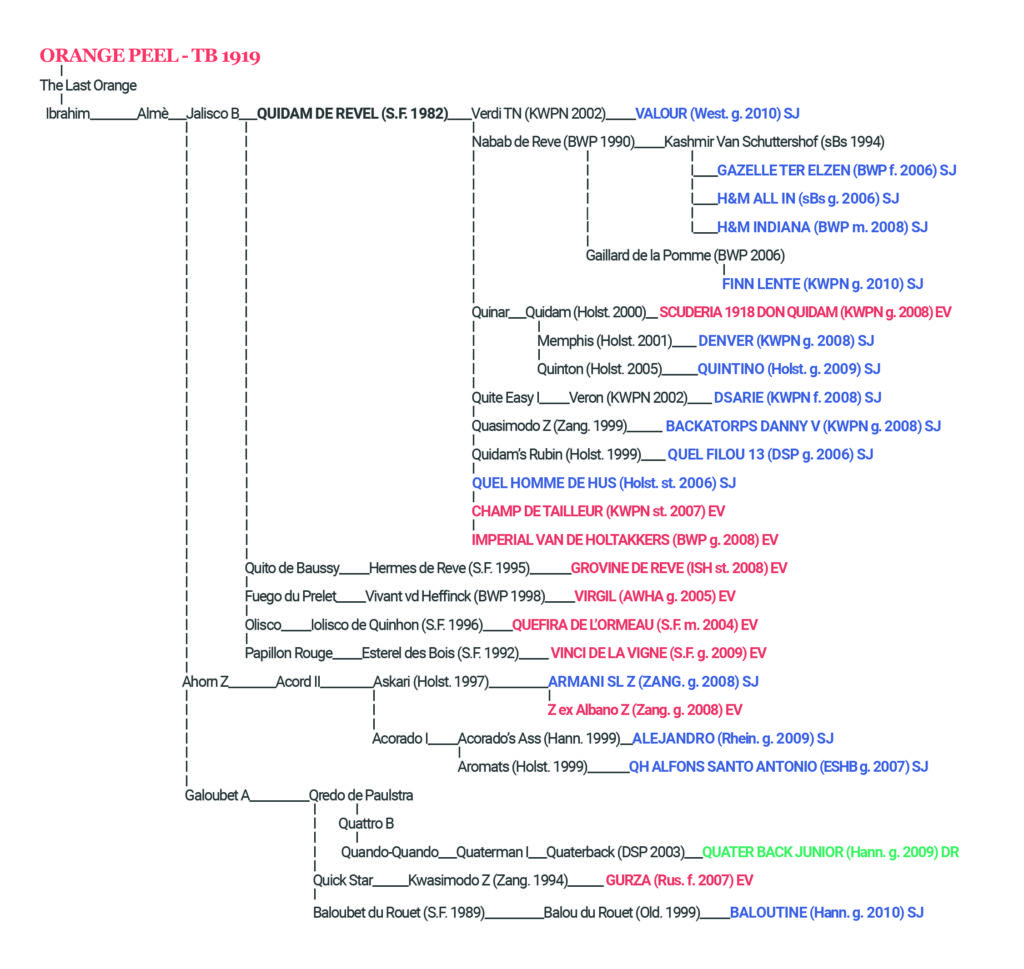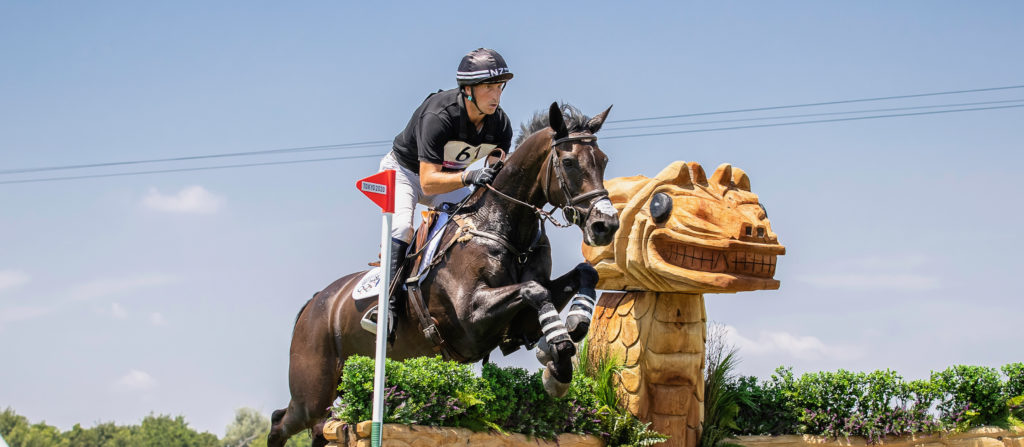The Tokyo Olympic Games were a new and important advertisement for the horse industry. The over two hundred horses competing in Japan (213 to be specific taking into account the reserve horses present in compliance with the new regulations) in show jumping (89), dressage (60) and eventing (64), were in fact able to exploit the immense stage provided by such an important event. Regardless of the sporting result achieved, thanks to these horses, their ‘lucky’ breeders will be able to boast about their Olympic horses for the rest of their lives.
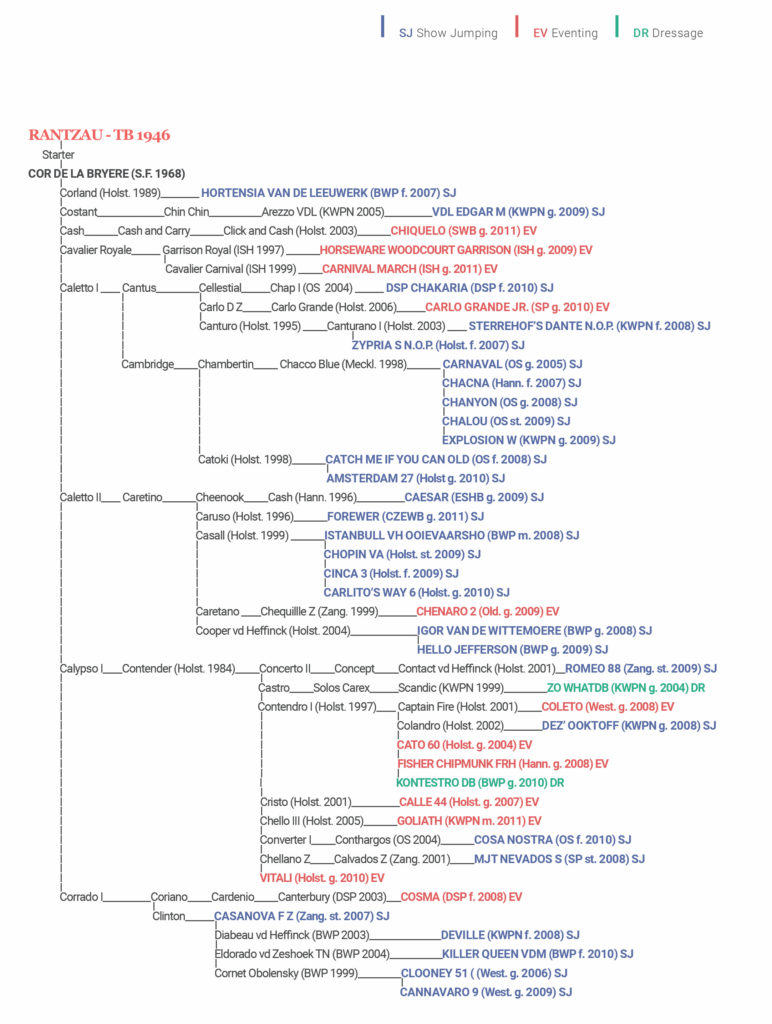
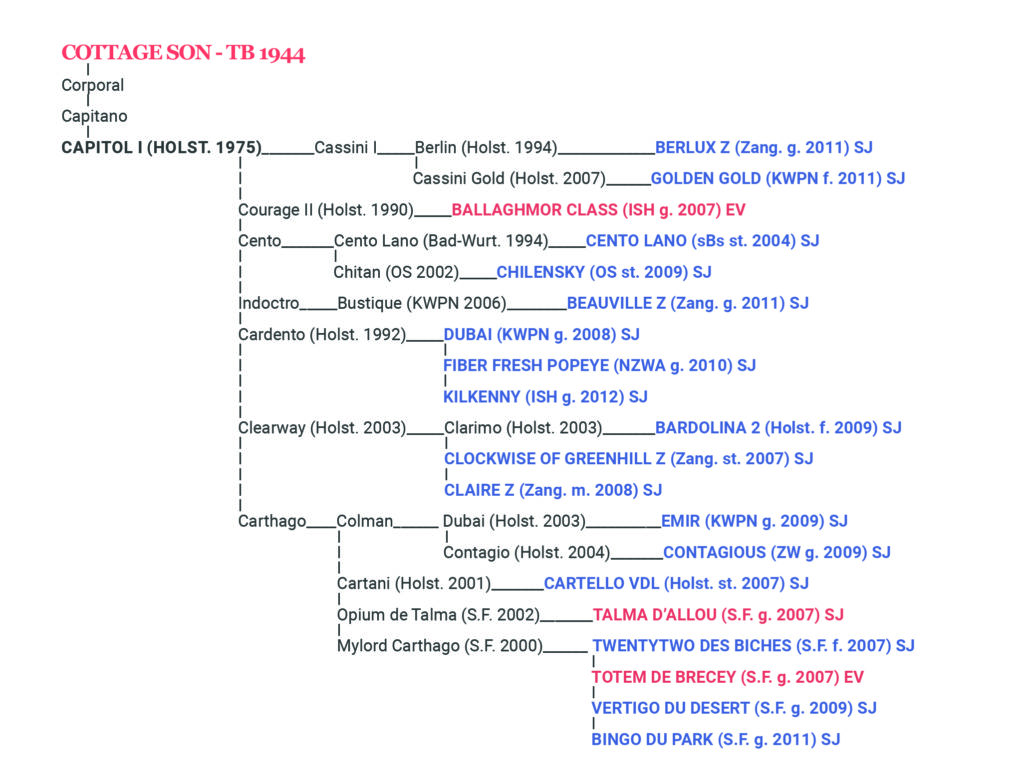
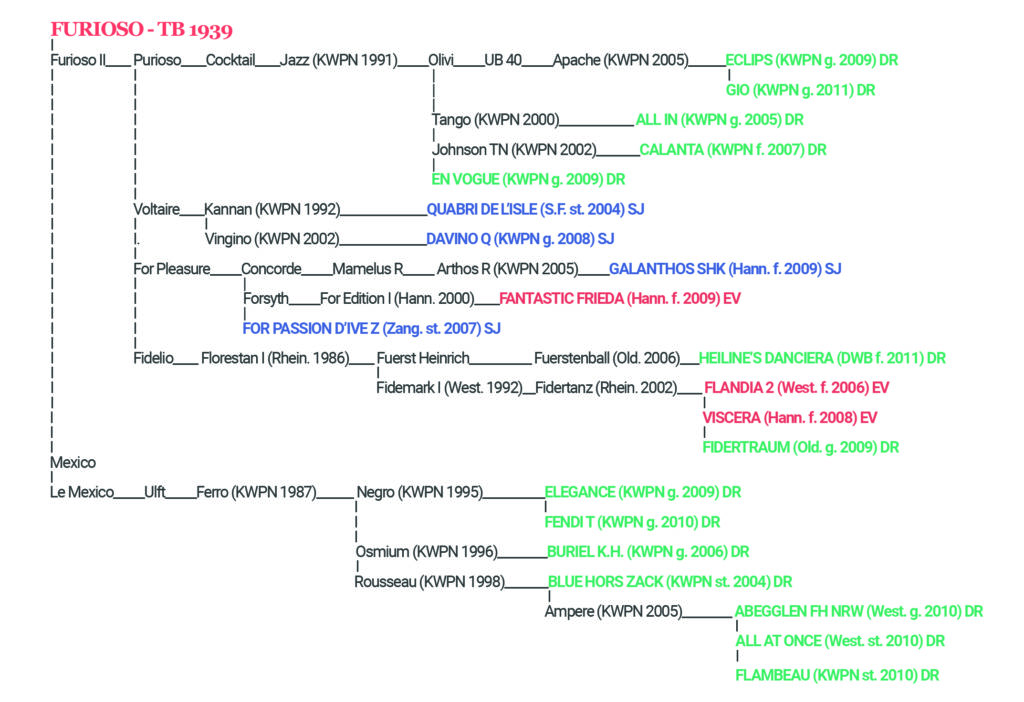
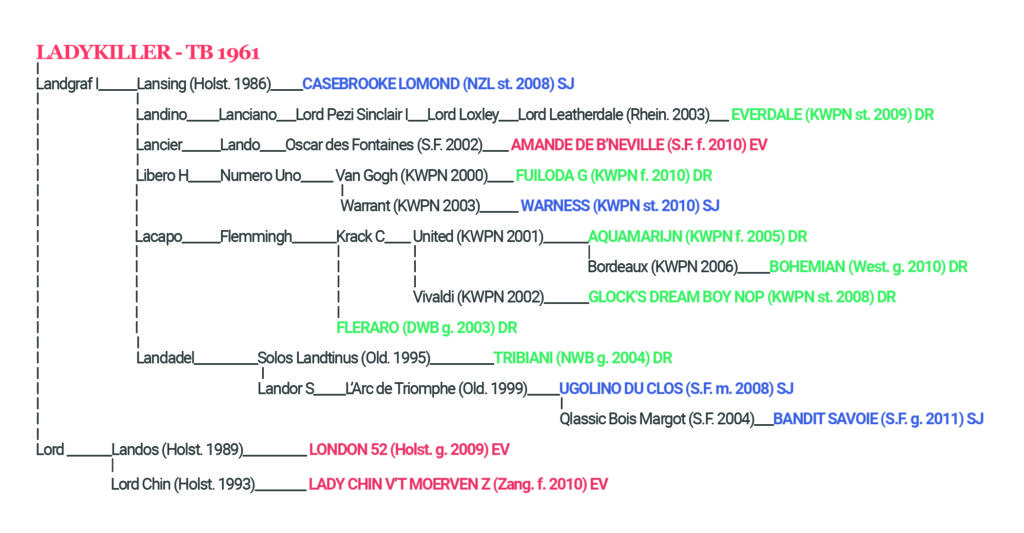
Globalized breeding
An analysis of the male lines of the 213 horses competing in Tokyo proves how nowadays breeding has become increasingly globalised and transversal. For at least two decades the best stallions produce offspring in almost all the world’s stud books and, with the exception of dressage which remains a extremely specialised breeding niche, manage to provide top level sports horses for both show jumping and eventing.
Consequently, over the years, the most reliable bloodlines had become even more consolidated and therefore the attention of breeders and the best horses are all concentrated on what are currently no more than about a few dozen progenitors. As far as the Tokyo Games were concerned, there were 37 male bloodlines present. Due to the space available we are publishing the bloodlines of those with at least ten descendants competing, but that all together account for 152, hence over 70% of all the horses.
Taking a look at this becomes extremely interesting since one can then understand how matters have evolved generation after generation, which stallions influenced development the most and what the connection is that links many of the best horses in the world that competed in the three disciplines of the most recent Olympic Games.
